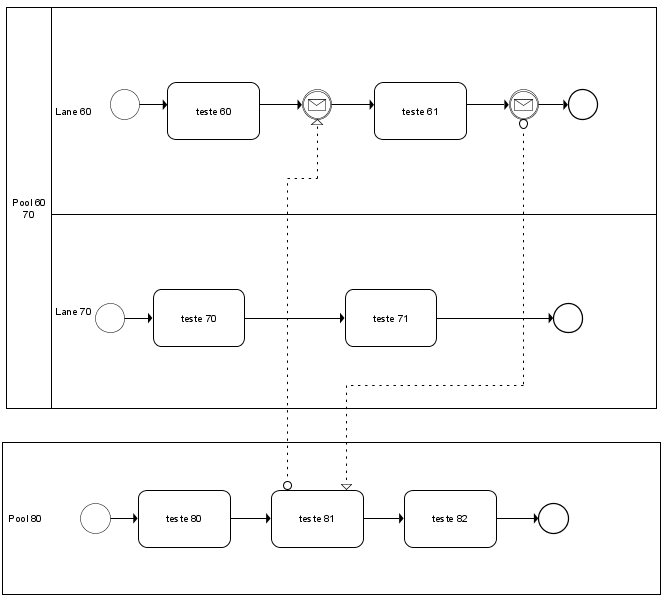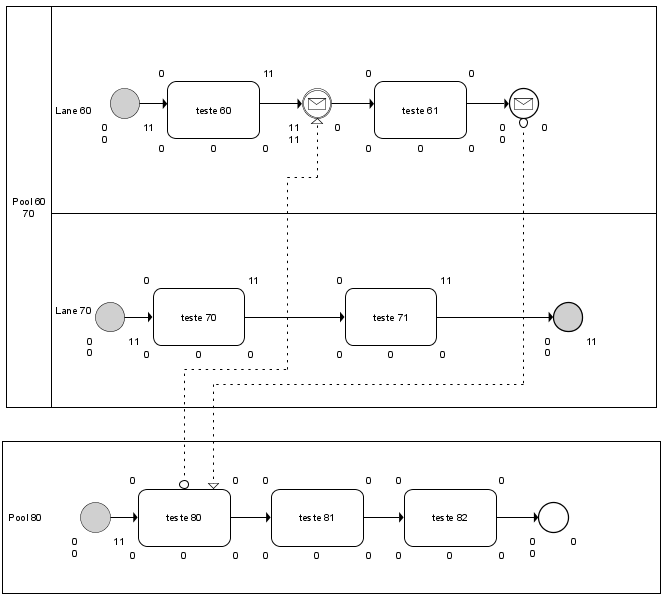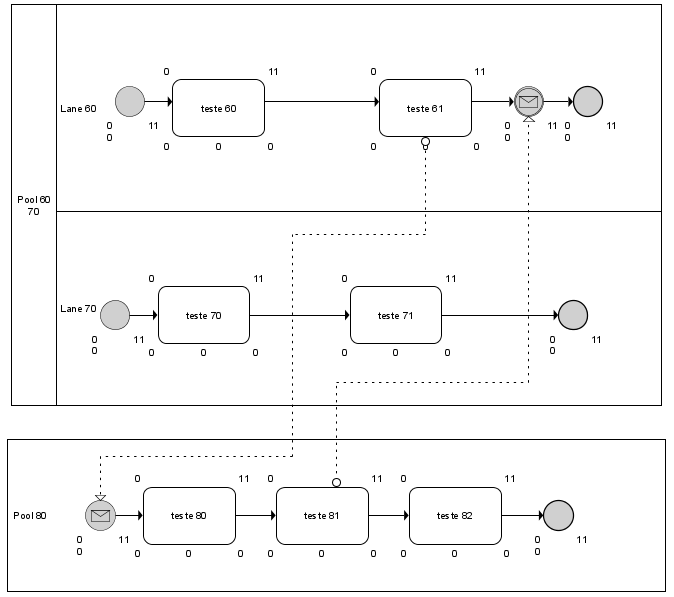If you search the Internet for ARIS and BPMN modelling, you will find a lot of misinformation stating BPMN is not a first class modelling language in ARIS. This is surprising, because the various ARIS Platform products already have BPMN support since a long time. In the following, I will give you a brief overview of the BPMN modelling capabilities of ARIS.
My colleague Erik Hagen and I have put together an ARIS Expert Paper describing the BPMN modelling capabilities of ARIS. Besides the core modelling of BPMN diagrams, ARIS provides some more advanced BPMN features like BPMN process simulation and syntax checking. Today, I focus on the core modelling features and describe probably next week the remaining topics.
Let's take a look first at a BPMN diagram created with ARIS Business Architect version 7.1:
The diagram shows a production process for car doors. In this simplified process, two departments are involved in the process: production and quality assurance. Both departments are represented in the diagram by two pools. The BPMN process model describes the flow within each department, but also the interaction between both departments.
 While modelling this process, ARIS supports the modeller in creating a valid BPMN diagram. For example, ARIS automatically selects the correct relationship type between the different BPMN activities. It can be seen that different relationship types must be used if connecting two activities within a pool or if connecting two activities belonging to two different pools. ARIS also resizes the pools automatically while adding additional objects to a pool and therewith exceeding the current size of the pool. A palette with all BPMN elements, shown in the screenshot below, is available next to the diagram so that new objects can be added to the diagram easily.
While modelling this process, ARIS supports the modeller in creating a valid BPMN diagram. For example, ARIS automatically selects the correct relationship type between the different BPMN activities. It can be seen that different relationship types must be used if connecting two activities within a pool or if connecting two activities belonging to two different pools. ARIS also resizes the pools automatically while adding additional objects to a pool and therewith exceeding the current size of the pool. A palette with all BPMN elements, shown in the screenshot below, is available next to the diagram so that new objects can be added to the diagram easily.
Of course, you can layout and pimp the visual representation of the diagram as it suits your needs. Colours of the various objects can be selected freely and visual effects like colour gradient can be added so that the diagrams are visually appealing. That is important so that you can show your co-workers that business process management is not a boring topic. ARIS also provides simulation capabilities and syntax checks. However, I will give you a brief overview about those features next week. If you already interested in more details, check out the belonging ARIS Expert Paper about "Adopting BPMN with ARIS" in the ARIS Expert Paper library.


.jpg)












Colin Canfield on
While most BPMN elements are present, apart from exceptions and messages attached to Functions,sub-processes are not represented particularly well.
It is useful to be able to expand / collapse sub-processes depending on the audience; of course this doesn’t really fit the ARIS way, the function should instead be assigned to another model. This works but you then cannot see the context of the ‘parent’ process.
Regards Colin